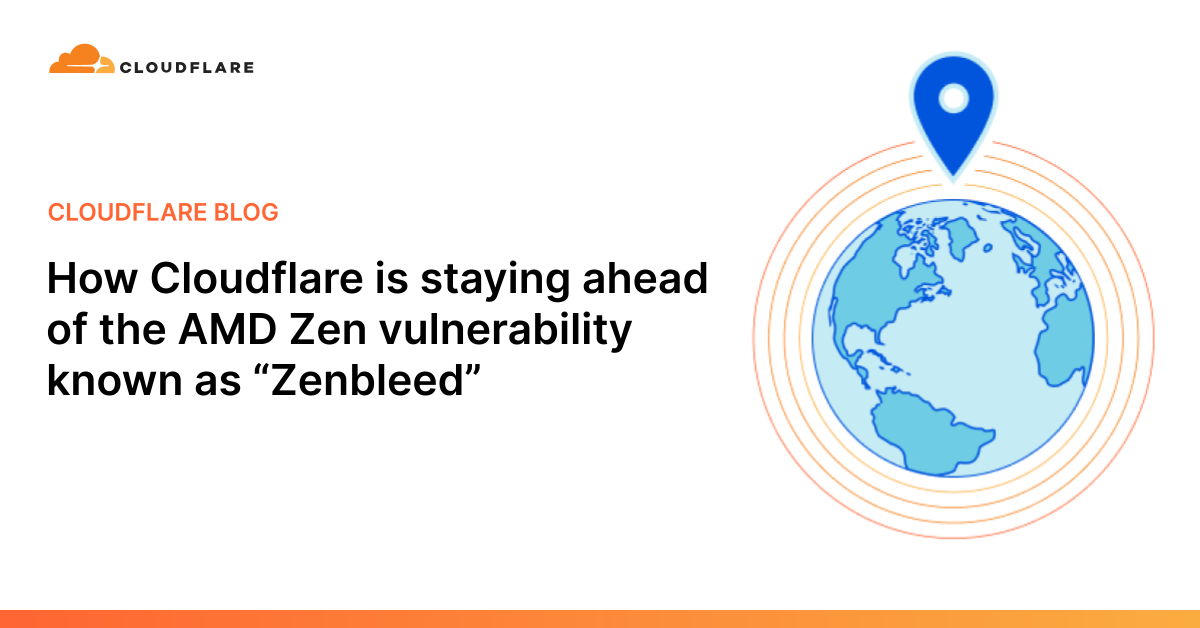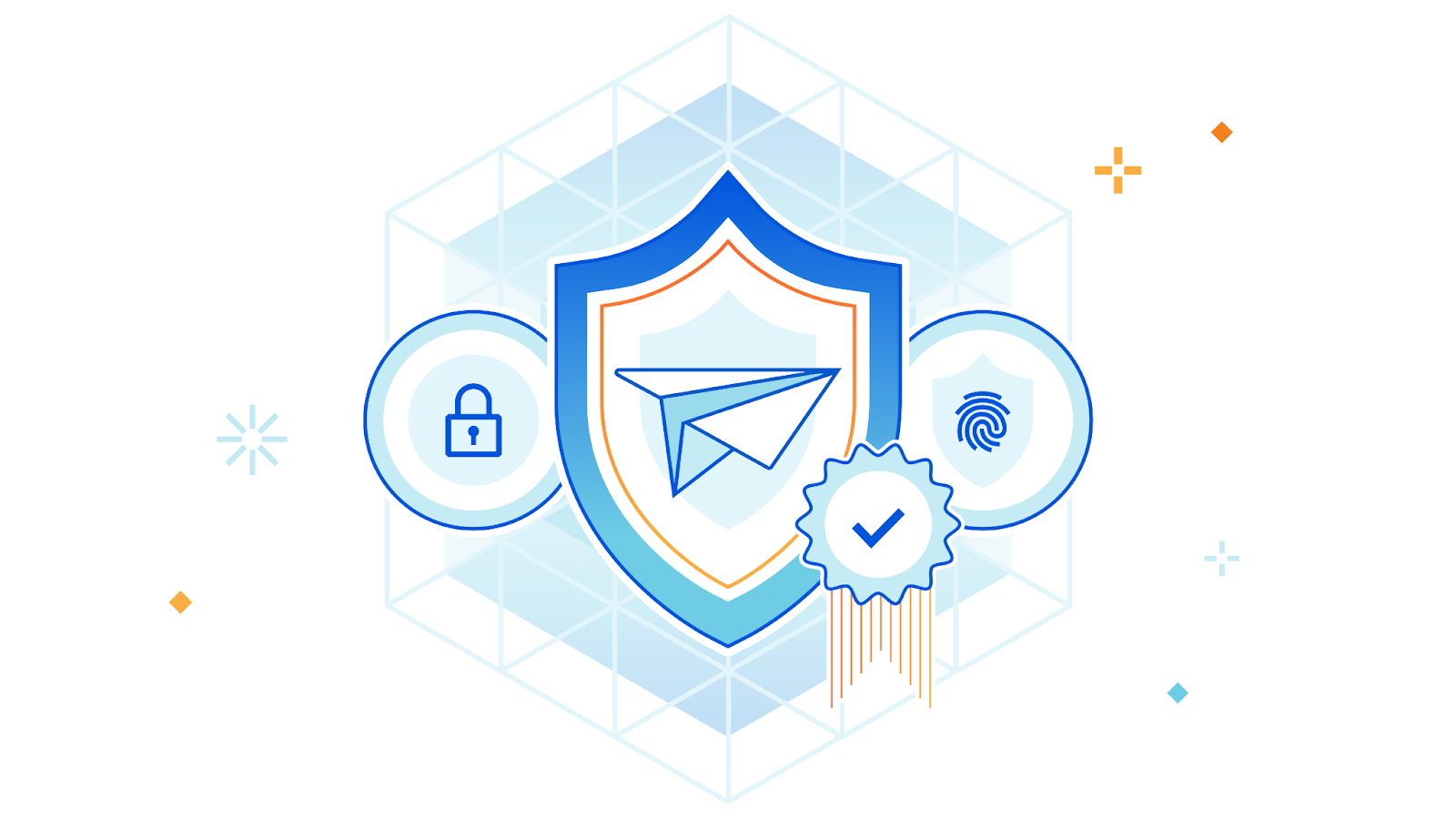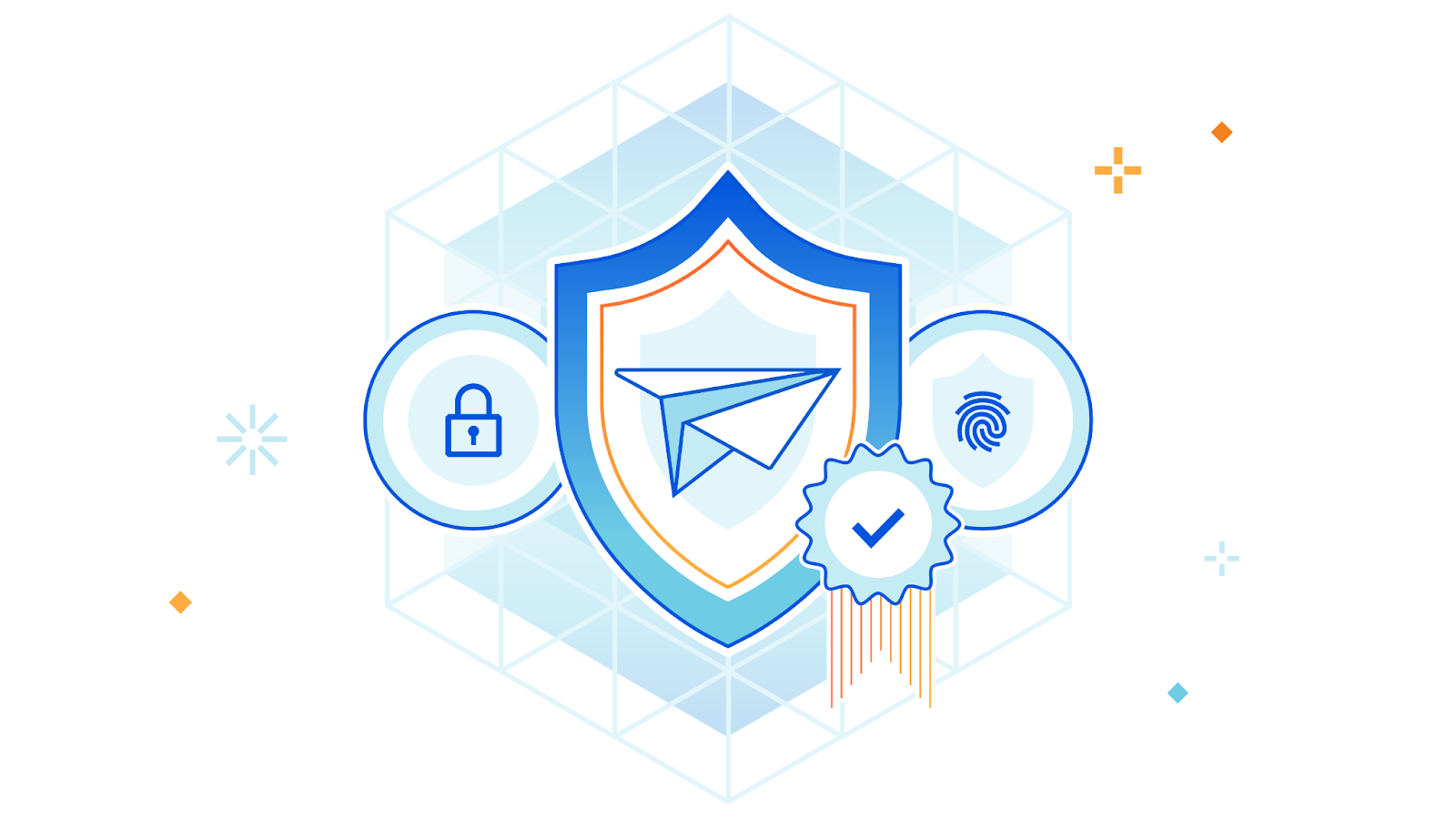Random Thoughts on Zero-Trust Architecture
When preparing the materials for the Design Clinic section describing Zero-Trust Network Architecture, I wondered whether I was missing something crucial. After all, I couldn’t find anything new when reading the NIST documents – we’ve seen all they’re describing 30 years ago (remember Kerberos?).
In late August I dropped by the fantastic Roundtable and Barbecue event organized by Gabi Gerber (running Security Interest Group Switzerland) and used the opportunity to join the Zero Trust Architecture roundtable. Most other participants were seasoned IT security professionals with a level of skepticism approaching mine. When I mentioned I failed to see anything new in the now-overhyped topic, they quickly expressed similar doubts.
SEC To CEOs: Report Your Breaches
The SEC now requires publicly traded companies to report "material" security incidents. But what does "material" mean and how might this new requirement affect infosec practices at these companies?
The post SEC To CEOs: Report Your Breaches appeared first on Packet Pushers.
Application Security Report: Q2 2023


Cloudflare has a unique vantage point on the Internet. From this position, we are able to see, explore, and identify trends that would otherwise go unnoticed. In this report we are doing just that and sharing our insights into Internet-wide application security trends.
This report is the third edition of our Application Security Report. The first one was published in March 2022, with the second published earlier this year in March, and this is the first to be published on a quarterly basis.
Since the last report, our network is bigger and faster: we are now processing an average of 46 million HTTP requests/second and 63 million at peak. We consistently handle approximately 25 million DNS queries per second. That's around 2.1 trillion DNS queries per day, and 65 trillion queries a month. This is the sum of authoritative and resolver requests served by our infrastructure. Summing up both HTTP and DNS requests, we get to see a lot of malicious traffic. Focusing on HTTP requests only, in Q2 2023 Cloudflare blocked an average of 112 billion cyber threats each day, and this is the data that powers this report.
But as usual, before we dive in, Continue reading
An August reading list about online security and 2023 attacks landscape


In 2023, cybersecurity continues to be in most cases a need-to-have for those who don’t want to take chances on getting caught in a cyberattack and its consequences. Attacks have gotten more sophisticated, while conflicts (online and offline, and at the same time) continue, including in Ukraine. Governments have heightened their cyber warnings and put together strategies, including around critical infrastructure (including health and education). All of this, at a time when there were never so many online risks, but also people online — over five billion in July 2023, 64.5% of the now eight billion that are the world’s total population.
Here we take a look at what we’ve been discussing in 2023, so far, in our Cloudflare blog related to attacks and online security in general, with several August reading list suggestions. From new trends, products, initiatives or partnerships, including AI service safety, to record-breaking blocked cyberattacks. On that note, our AI hub (ai.cloudflare.com) was just launched.
Throughout the year, Cloudflare has continued to onboard customers while they were being attacked, and we have provided protection to many others, including once.net, responsible for the 2023 Eurovision Song Contest online voting system Continue reading
Endace Debuts Packet Capture Software For Public Clouds
Endace has announced a new offering that can capture packets inside your public cloud deployments. Called EndaceProbe Cloud, the offering is available for AWS and Azure public clouds. It can also be deployed in VMware-based private clouds. Why capture packets in the cloud? Endace says the top two customer drivers are security and performance monitoring. […]
The post Endace Debuts Packet Capture Software For Public Clouds appeared first on Packet Pushers.
Introducing per hostname TLS settings — security fit to your needs


One of the goals of Cloudflare is to give our customers the necessary knobs to enable security in a way that fits their needs. In the realm of SSL/TLS, we offer two key controls: setting the minimum TLS version, and restricting the list of supported cipher suites. Previously, these settings applied to the entire domain, resulting in an “all or nothing” effect. While having uniform settings across the entire domain is ideal for some users, it sometimes lacks the necessary granularity for those with diverse requirements across their subdomains.
It is for that reason that we’re excited to announce that as of today, customers will be able to set their TLS settings on a per-hostname basis.
The trade-off with using modern protocols
In an ideal world, every domain could be updated to use the most secure and modern protocols without any setbacks. Unfortunately, that's not the case. New standards and protocols require adoption in order to be effective. TLS 1.3 was standardized by the IETF in April 2018. It removed the vulnerable cryptographic algorithms that TLS 1.2 supported and provided a performance boost by requiring only one roundtrip, as opposed to two. For a user to benefit from Continue reading
Unmasking the top exploited vulnerabilities of 2022


The Cybersecurity and Infrastructure Security Agency (CISA) just released a report highlighting the most commonly exploited vulnerabilities of 2022. With our role as a reverse proxy to a large portion of the Internet, Cloudflare is in a unique position to observe how the Common Vulnerabilities and Exposures (CVEs) mentioned by CISA are being exploited on the Internet.
We wanted to share a bit of what we’ve learned.
Based on our analysis, two CVEs mentioned in the CISA report are responsible for the vast majority of attack traffic seen in the wild: Log4J and Atlassian Confluence Code Injection. Although CISA/CSA discuss a larger number of vulnerabilities in the same report, our data clearly suggests a major difference in exploit volume between the top two and the rest of the list.
The top CVEs for 2022
Looking at the volume of requests detected by WAF Managed Rules that were created for the specific CVEs listed in the CISA report, we rank the vulnerabilities in order of prevalence:
How Cloudflare is staying ahead of the AMD Zen vulnerability known as “Zenbleed”


Google Project Zero revealed a new flaw in AMD's Zen 2 processors in a blog post today. The 'Zenbleed' flaw affects the entire Zen 2 product stack, from AMD's EPYC data center processors to the Ryzen 3000 CPUs, and can be exploited to steal sensitive data stored in the CPU, including encryption keys and login credentials. The attack can even be carried out remotely through JavaScript on a website, meaning that the attacker need not have physical access to the computer or server.
Cloudflare’s network includes servers using AMD’s Zen line of CPUs. We have patched our entire fleet of potentially impacted servers with AMD’s microcode to mitigate this potential vulnerability. While our network is now protected from this vulnerability, we will continue to monitor for any signs of attempted exploitation of the vulnerability and will report on any attempts we discover in the wild. To better understand the Zenbleed vulnerability, read on.
Background
Understanding how a CPU executes programs is crucial to comprehending the attack's workings. The CPU works with an arithmetic processing unit called the ALU. The ALU is used to perform mathematical tasks. Operations like addition, multiplication, and floating-point calculations fall under this category. The CPU's clock Continue reading
Don’t Let the Cybersecurity Trust Mark Become Like Food Labeling

I got several press releases this week talking about the newest program from the US Federal government for cybersecurity labeling. This program is something designed to help consumers understand how secure IoT devices are and the challenges that can be faced trying to keep your network secure from the large number of smart devices that are being implemented today. Consumer Reports has been pushing for something like this for a while and lauded the move with some caution. I’m going to take it a little further. We need to be very careful about this so it doesn’t become as worthless as the nutrition labels mandated by the government.
Absolute Units
Having labels is certainly better than not having them. Knowing how much sugar a sports drink has is way more helpful than when I was growing up and we had to guess. Knowing where to find that info on a package means I’m not having to go find it somewhere on the Internet1. However, all is not sunshine and roses. That’s because of the way that companies choose to fudge their numbers.
Food companies spent a lot of time trying to work the numbers on those nutrition labels for Continue reading
Bring your own CA for client certificate validation with API Shield


APIs account for more than half of the total traffic of the Internet. They are the building blocks of many modern web applications. As API usage grows, so does the number of API attacks. And so now, more than ever, it’s important to keep these API endpoints secure. Cloudflare’s API Shield solution offers a comprehensive suite of products to safeguard your API endpoints and now we’re excited to give our customers one more tool to keep their endpoints safe. We’re excited to announce that customers can now bring their own Certificate Authority (CA) to use for mutual TLS client authentication. This gives customers more security, while allowing them to maintain control around their Mutual TLS configuration.
The power of Mutual TLS (mTLS)
Traditionally, when we refer to TLS certificates, we talk about the publicly trusted certificates that are presented by servers to prove their identity to the connecting client. With Mutual TLS, both the client and the server present a certificate to establish a two-way channel of trust. Doing this allows the server to check who the connecting client is and whether or not they’re allowed to make a request. The certificate presented by the client - the client certificate Continue reading
Cross Training for Career Completeness

Are you good at your job? Have you spent thousands of hours training to be the best at a particular discipline? Can you configure things with your eyes closed and are finally on top of the world? What happens next? Where do you go if things change?
It sounds like an age-old career question. You’ve mastered a role. You’ve learned all there is to learn. What more can you do? It’s not something specific to technology either. One of my favorite stories about this struggle comes from the iconic martial artist Bruce Lee. He spent his formative years becoming an expert at Wing Chun and no one would argue he wasn’t one of the best. As the story goes, in 1967 he engaged in a sparring match with a practitioner of a different art and, although he won, he was exhausted and thought things had gone on far too long. This is what encouraged him to develop Jeet Kun Do as a way to incorporate new styles together for more efficiency and eventually led to the development of mixed martial arts (MMA).
What does Bruce Lee have to do with tech? The value of cross training with different tech disciplines Continue reading
AskJJX: How To Handle Rogue APs Without Getting Arrested
AskJJX: “What’s the best way to find and disable rogue APs on the network? We had an audit finding and got our hand slapped.” Ahhh, I love this question for so many reasons. First, because my answer to this today, in 2023, is very different than my answer would have been years ago. You may […]
The post AskJJX: How To Handle Rogue APs Without Getting Arrested appeared first on Packet Pushers.
Pods, Plans & Policies: Top Five Tips For Kubernetes Security
Because you may not have many months to set up a proper security implementation for your Kubernetes environment, this blog post will go over a few key security implementations that you can get done in 2-4 weeks depending on team size.
The post Pods, Plans & Policies: Top Five Tips For Kubernetes Security appeared first on Packet Pushers.
Please Respond: MANRS Customer Survey
Andrei Robachevsky asked me to spread the word about the new MANRS+ customer survey:
MANRS is conducting a survey for organizations that contract connectivity providers to learn more about if and how routing security fits into their broader supply chain security strategy. If this is your organization, or if it is your customers, we welcome you to take or share the survey at https://www.surveymonkey.com/r/BDCWKNS
I hope you immediately clicked on the link and completed the survey. If you’re still here wondering what’s going on, here’s some more information from Andrei:
Using AI for Attack Attribution

While I was hanging out at Cisco Live last week, I had a fun conversation with someone about the use of AI in security. We’ve seen a lot of companies jump in to add AI-enabled services to their platforms and offerings. I’m not going to spend time debating the merits of it or trying to argue for AI versus machine learning (ML). What I do want to talk about is something that I feel might be a little overlooked when it comes to using AI in security research.
Whodunnit?
After a big breach notification or a report that something has been exposed there are two separate races that start. The most visible is the one to patch the exploit and contain the damage. Figure out what’s broken and fix it so there’s no more threat of attack. The other race involves figuring out who is responsible for causing the issue.
Attribution is something that security researchers value highly in the post-mortem of an attack. If the attack is the first of its kind the researchers want to know who caused it. They want to see if the attackers are someone new on the scene that have developed new tools and Continue reading
Classification of BGP Route Leaks (RFC 7908)
While preparing the Internet Routing Security webinar, I stumbled upon RFC 7908, containing an excellent taxonomy of BGP route leaks. I never checked whether it covers every possible scenario1, but I found it a handy resource when organizing my thoughts.
Let’s walk through the various leak types the authors identified using the following sample topology:
Spoofing ICMP Redirects for Fun and Profit
Security researches found another ICMP redirect SNAFU: a malicious wireless client can send redirects on behalf of the access point redirecting another client’s traffic to itself.
I’m pretty sure the same trick works on any layer-2 technology; the sad part of this particular story is that the spoofed ICMP packet traverses the access point, which could figure out what’s going on and drop the packet. Unfortunately, most of the access points the researchers tested were unable to do that due to limitations in the NPUs (a fancier word for SmartNIC) they were using.
Cloudflare Area 1 earns SOC 2 report


Cloudflare Area 1 is a cloud-native email security service that identifies and blocks attacks before they hit user inboxes, enabling more effective protection against spear phishing, Business Email Compromise (BEC), and other advanced threats. Cloudflare Area 1 is part of the Cloudflare Zero Trust platform and an essential component of a modern security and compliance strategy, helping organizations to reduce their attackers surface, detect and respond to threats faster, and improve compliance with industry regulations and security standards.
This announcement is another step in our commitment to remaining strong in our security posture.
Our SOC 2 Journey
Many customers want assurance that the sensitive information they send to us can be kept safe. One of the best ways to provide this assurance is a SOC 2 Type II report. We decided to obtain the report as it is the best way for us to demonstrate the controls we have in place to keep Cloudflare Area 1 and its infrastructure secure and available.
Cloudflare Area 1’s SOC 2 Type II report covers a 3 month period from 1 January 2023 to 31 March 2023. Our auditors assessed the operating effectiveness of the 70 controls we’ve implemented to meet the Continue reading
Examining HTTP/3 usage one year on


In June 2022, after the publication of a set of HTTP-related Internet standards, including the RFC that formally defined HTTP/3, we published HTTP RFCs have evolved: A Cloudflare view of HTTP usage trends. One year on, as the RFC reaches its first birthday, we thought it would be interesting to look back at how these trends have evolved over the last year.
Our previous post reviewed usage trends for HTTP/1.1, HTTP/2, and HTTP/3 observed across Cloudflare’s network between May 2021 and May 2022, broken out by version and browser family, as well as for search engine indexing and social media bots. At the time, we found that browser-driven traffic was overwhelmingly using HTTP/2, although HTTP/3 usage was showing signs of growth. Search and social bots were mixed in terms of preference for HTTP/1.1 vs. HTTP/2, with little-to-no HTTP/3 usage seen.
Between May 2022 and May 2023, we found that HTTP/3 usage in browser-retrieved content continued to grow, but that search engine indexing and social media bots continued to effectively ignore the latest version of the web’s core protocol. (Having said that, the benefits of HTTP/3 are very user-centric, and arguably offer minimal benefits to Continue reading